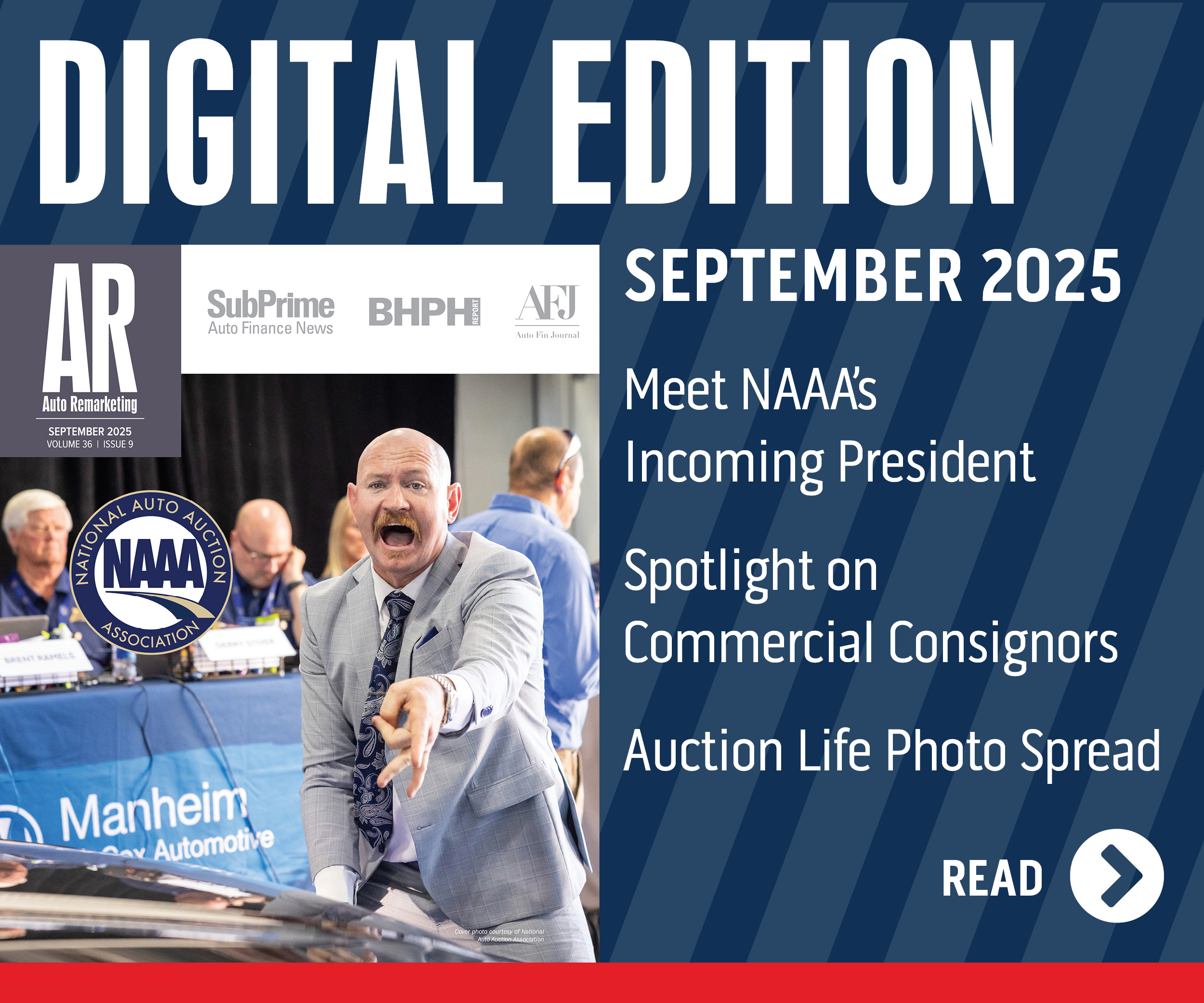Pillar 1 of ‘Catch and Keep’ Strategy: Know Your Customer

You’ve never seen a closer like my mom, Mary.
I’m telling you — if you haven’t been to her house for dinner, and her fabulous red sauce, well … there’s a seat waiting for you next Sunday night.
Hosting dinner is her bread and butter (quite literally) — she doesn’t take no for an answer, and once you’re there, you’re there every Sunday after that. Come by and see it for yourself; every time the doorbell rings, she’s there to greet her guest with a big hearty, “Welcome back!”
You see, she doesn’t do one-time dinner invites. She plays the long game. And she’s good at it … she learns what her guests like, she prepares for them specifically, and she makes sure their favorites are ready to serve when they arrive.
She knows not to call her regulars with reminders, because at this point, they tell her when they’re coming over. And when she sends them home at the end of the evening, with a doggie bag in hand, they know exactly when they’ll be back at her table and what will be served.
So, now you know how I learned to sell so well — and why I have to go to the gym every Monday, but that’s another matter. I grew up in a household where connections matter. Where the No. 1 rule was that everyone must feel welcome in our home. And where connections were never made in passing … they were made to last.
So I ask you, when you greet customers in your showroom, are you saying welcome, or welcome back?
The theory of "Catch and Keep" is really that simple. It’s also powerful in its results, proven by data and just logical. Todays’ markets are complex … shoppers are even more so.
Welcoming new customers every day creates more work, more effort and less payoff. I look at Catch and Keep as a core customer strategy that’s built on four solid pillars, and I’m going to take you through all of them in the next few articles. Today, though, we start with Pillar 1: You must know your customer.
Look, when I ask dealers if they’d rather have customers for life than customers for a day, they always say yes. No one argues with that logic. But many of them don’t know how to go about it.
Let’s think of it this way: How does my mom know her dinner guests? It’s simple. She listens. She watches. And most of all, she never, ever assumes everyone at the table has the same taste. Let me tell you about a dealer who made that assumption, and suffered the consequences.
About five years ago, I was sitting on the couch with my wife, watching TV. It was less than a week until Christmas. And suddenly there it was: a beautiful new luxury car ad with a beautiful young actress behind the wheel.
Perhaps you know which one I’m talking about — if you don’t, let’s just say it hit my wife like a lightning bolt. Classic case of successful targeted advertising. My wife half-jumped off the couch telling me she had to have that car, and she had to have it now, with all the typical holiday fanfare.
So what did I do? I pulled every string I could pull and got her the car, just in time for Christmas. Big win? Not so much.
Here’s what happened: When I signed the papers, the dealer simply put my info into the customer record, even though I stressed that the car was a gift. Who got all the service calls after that? Me.
Who got the coupons, the customer surveys, all the post-sale communication? Me again. Who never heard from her dealership again, never felt important or understood or welcomed back? My wife, the rightful owner of the car. The one who drove it and loved it and should’ve been a significant source of repeat business.
Well, as I’m sure you can imagine, that new car smell faded pretty darn fast. She got rid of the car. She bought a competitor’s model, and now she tells everyone she knows about that story (and apparently, so do I!)
What’s the point here? The point is that keeping your customers isn’t just a way to gain business. If you don’t try to keep your customers … if you don’t learn their needs, desires and preferences … if you don’t change your tactics, communication methods and follow-up strategy accordingly … you will lose business.
So how do you avoid mis-targeting your customers? You get to know them. You make sure your whole dealership knows them. And you build a relationship based on what you know. Their gender, ethnicity and income bracket. Their equity standing … who wants to be targeted with an ad for a new car when they’re three payments into a four-year plan? Their service record. And their preferred methods of communication. (That’s what Pillar 2 is all about!)
To do it right, you need the right technology foundation. You need the right mindset — focus on the lifecycle, not on the moment. And you need the right kind of change, from top to bottom. From the way to interact with customers in person to the way you interact with them online. You, your sales force, your service team and everyone in between.
This is a simple concept, no question. But it’s difficult for dealers to act on it without understanding and embracing a true Catch and Keep customer strategy. This is just the appetizer. Next time, I’ll walk you through Pillar 2: How to get the right message to the right customer at the right time through the right channel. And in the meantime, I hope to see you at the dinner table.
Sean Stapleton is VP of sales and marketing for VinSolutions.


